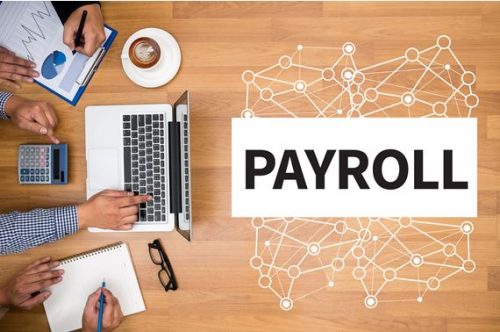
Most companies have heard of cloud-based business solutions. Among the most commonly used is a payroll platform. Using cloud technology to power a payroll system simply means hosting it online. What this does is eliminate on-site servers used to operate the software. Anyone with access to the internet can open the system. In general, cloud-based payroll reduces the administrative headaches associated with its legacy counterpart. It can benefit an organization in many ways, including:
- Empowering employees with the ability to access their payroll information via a self-service option.
- Allowing the organization to automatically update pertinent processes while adhering to regulations and other legal requirements.
- An integrated cloud-based payroll system is simple and facilitates reporting and data analytics. According to Tugela People, with existing HR automation, the integration of these two systems should be seamless.
But choosing to shift to a cloud-based payroll solution is a significant business decision. Many companies hesitate because of different reasons. To determine if now is the time to shift, the following indicators will tell you that you’re heading in the right direction.
Managing employee data scattered in various source systems is a challenge
The good thing about choosing a cloud-based payroll platform is the capability to integrate it with other critical processes, especially HR. The advantage here is being able to seamlessly transfer information from one data source to another. Important events in an employee’s life cycle in the company such as employee benefits, onboarding, and performance management can be housed in a centralized system. If you have cloud-based payroll seamlessly integrated with HR, there’s no need to manually pull data from different sources to make reports and other critical management decisions.
HR systems and payroll systems need to communicate
Payroll and HR processes work hand in hand. Implementing a cloud-based solution opens the opportunity for platforms that “talk” to each other. What this means is that information will flow from one source to another, increasing workflow efficiency. For example, if the system used to log and approve leave is connected to the payroll system, it will improve collaboration between teams. Also, it can help reduce human error and ensure more accurate payroll calculations.
Compliance with regulations is a concern
Leveraging cloud technology improves company compliance with pertinent regulations. Usually, a cloud-based payroll platform gets automatically updated when there are regulatory changes. The company doesn’t need to make extra effort to implement these changes. As a result, you can eliminate the legal consequences of compliance failures.
Difficulty addressing employee concerns
A good cloud-based payroll solution should offer a self-service feature. This function empowers employees to access their information at any time using different devices. What this does is to reduce the number of times an employee has to reach out to payroll staff with common questions. This feature, in particular, is vital to employee engagement and satisfaction.
Time is always a concern in delivering reports
One of the most significant benefits of a cloud-based payroll system is the analytics feature. There are templates as well as a dashboard for generating some of the most common reports required from payroll teams. This way, you don’t need to manually work through mountains of data – further facilitating efficient service delivery.
Interesting Related Article: “Is Payroll Software Really a Thing For Fintech Startups?“

